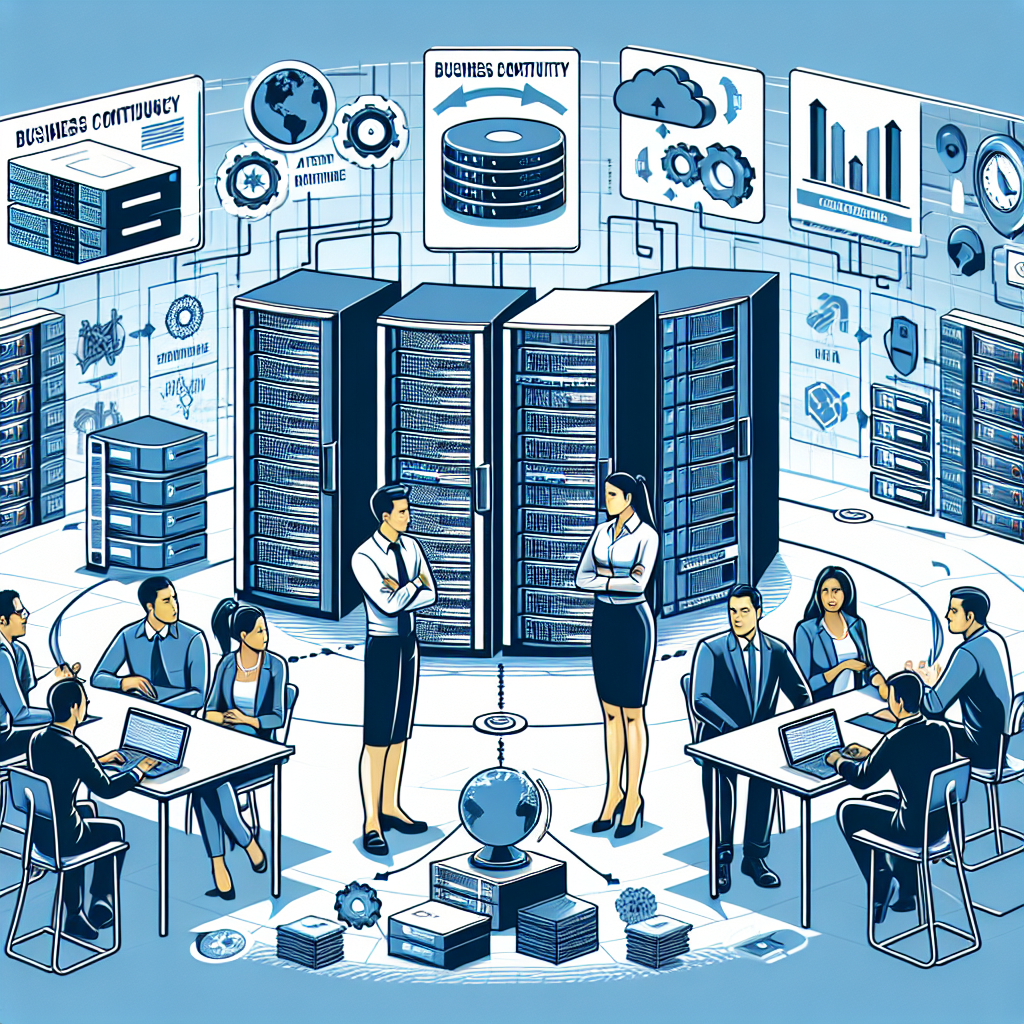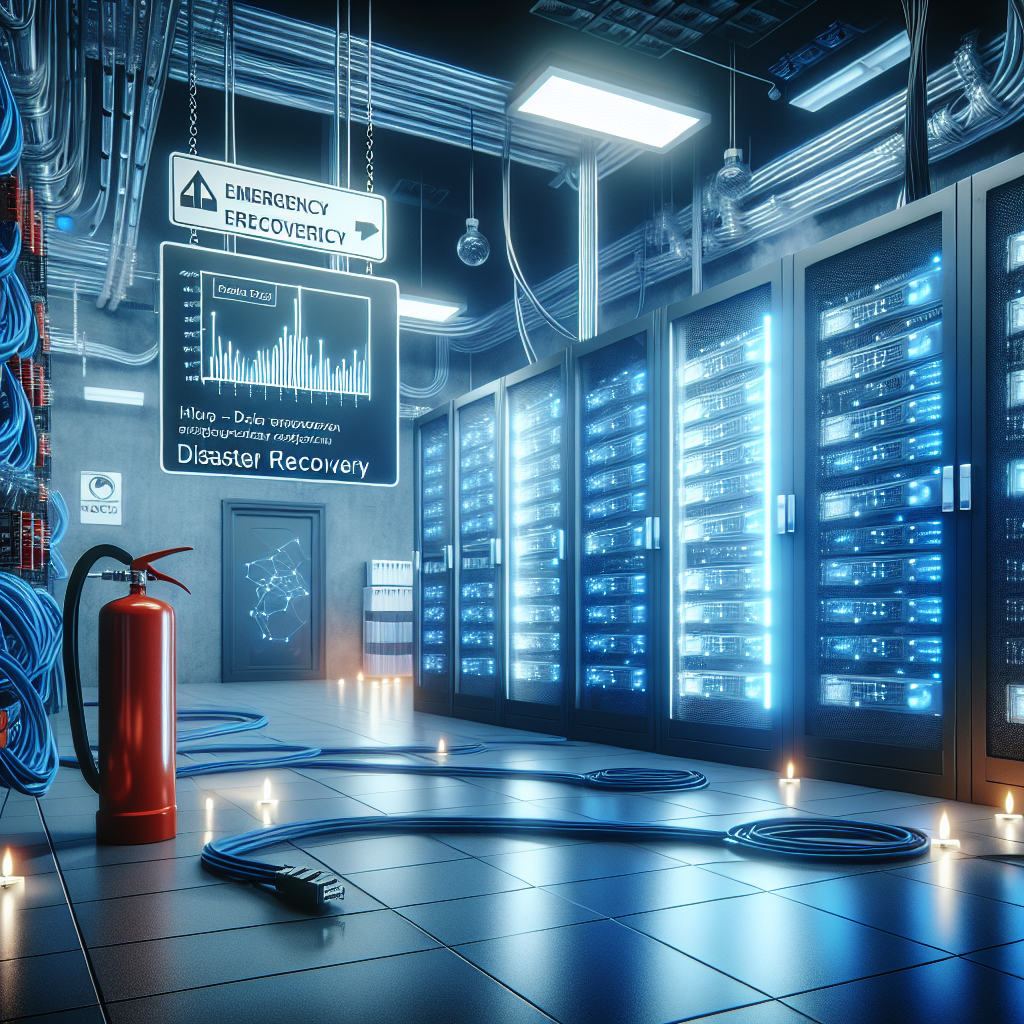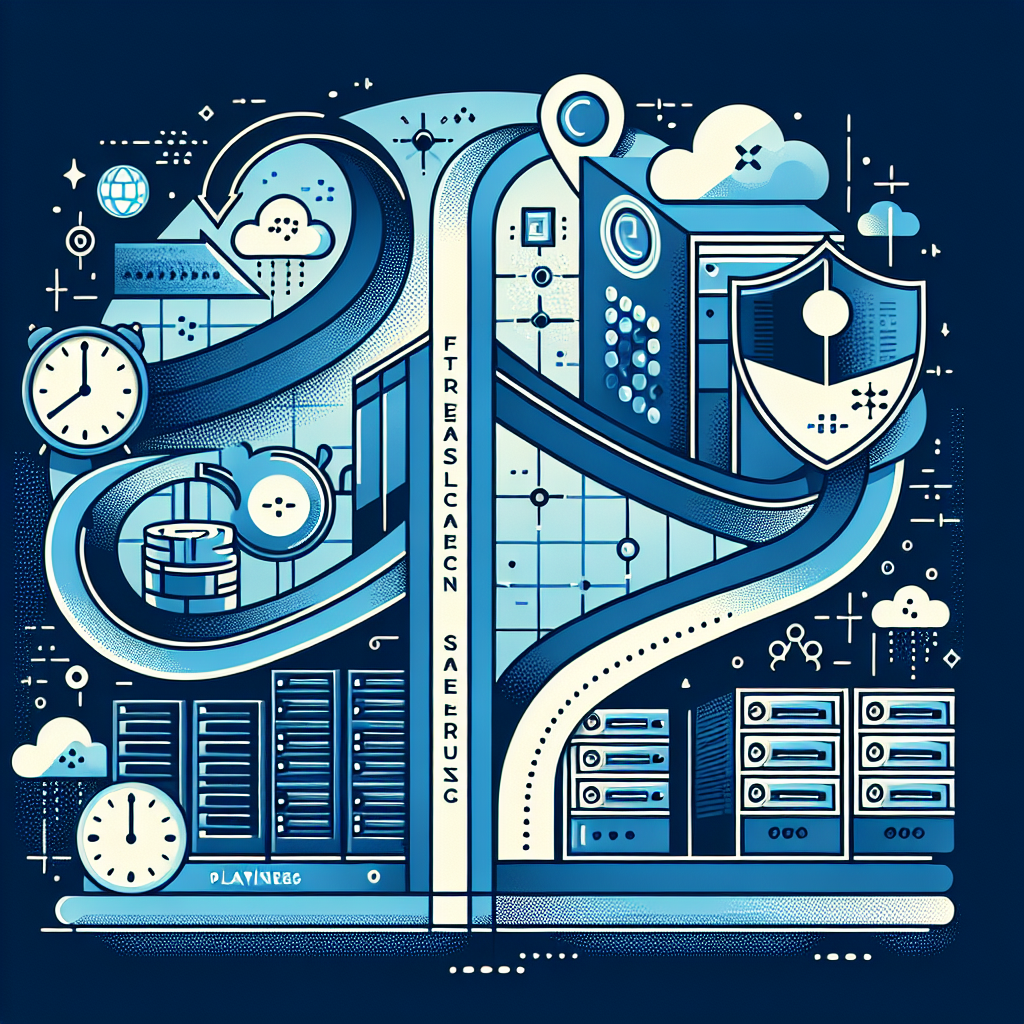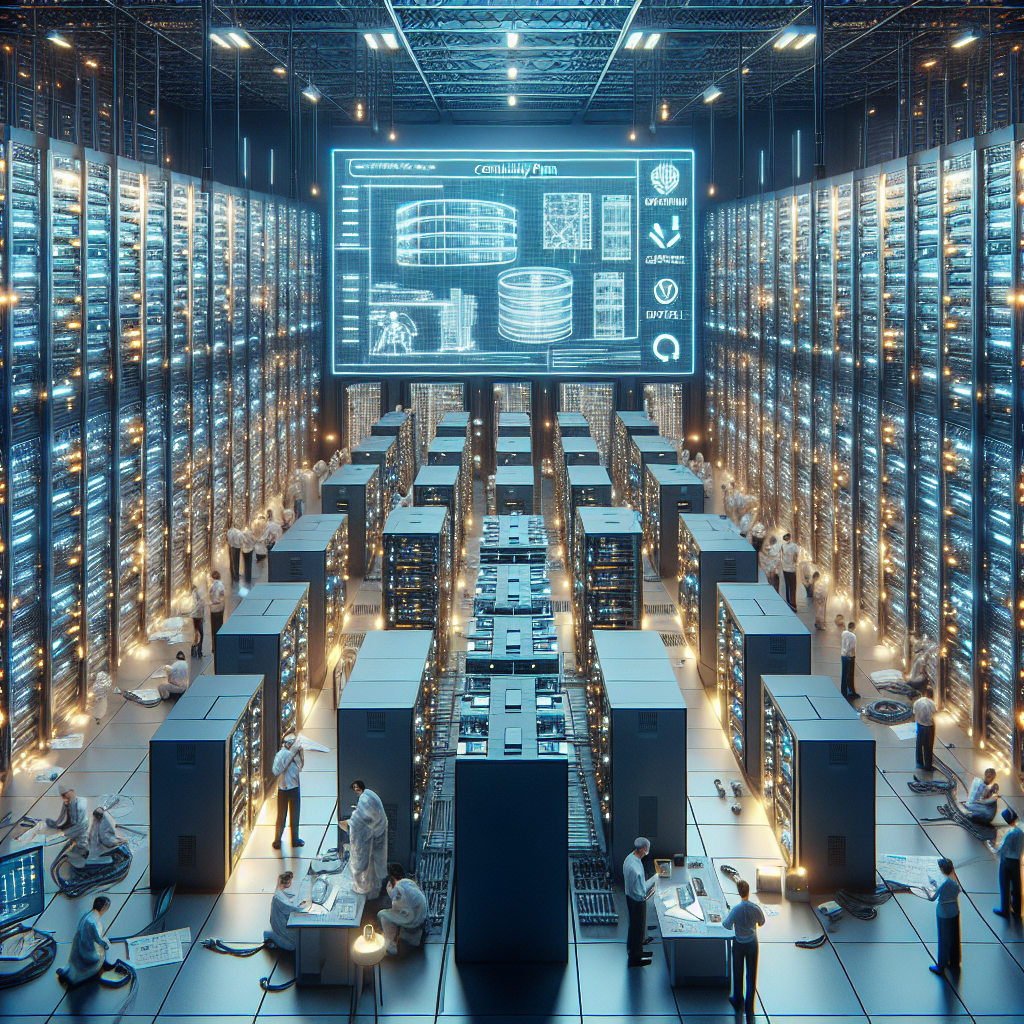Business Continuity Strategies for Data Center Outages and Downtime
Data centers are the backbone of modern businesses, housing critical IT infrastructure and storing vast amounts of valuable data. However, despite the best efforts of IT professionals, data center outages and downtime can still occur, leading to significant disruptions and potential financial losses. Therefore, it is essential for businesses to have robust business continuity strategies in place to minimize the impact of such events and ensure the smooth operation of their IT systems.
Here are some key strategies that businesses can implement to mitigate the risks associated with data center outages and downtime:
1. Redundancy and Resilience: One of the most effective ways to prevent data center outages is to build redundancy and resilience into the IT infrastructure. This can involve having backup power supplies, redundant networking equipment, and duplicate servers that can take over in the event of a failure. By ensuring that critical systems have redundant components, businesses can reduce the likelihood of downtime and maintain operations even in the face of hardware failures.
2. Disaster Recovery Planning: In addition to redundancy, businesses should also have a comprehensive disaster recovery plan in place to guide them in the event of a data center outage. This plan should outline the steps to be taken to restore IT systems, recover data, and resume operations as quickly as possible. It should also include provisions for regular testing and updating to ensure that it remains effective in the face of changing circumstances.
3. Cloud Backup and Recovery: Cloud-based backup and recovery solutions can provide an additional layer of protection for businesses in the event of a data center outage. By storing critical data and applications in the cloud, businesses can access them from any location with an internet connection, reducing the risk of data loss and minimizing downtime. Cloud-based solutions also offer scalability and flexibility, allowing businesses to easily scale their resources up or down according to their needs.
4. Monitoring and Alerting: Proactive monitoring of data center infrastructure is essential for detecting potential issues before they escalate into full-blown outages. By implementing monitoring tools that track key performance metrics and send alerts in case of anomalies, businesses can identify and address problems early on, preventing downtime and minimizing the impact on operations.
5. Employee Training and Awareness: Finally, businesses should invest in training and awareness programs to ensure that employees are prepared to respond effectively in the event of a data center outage. This can involve conducting regular drills and simulations to test the disaster recovery plan, as well as providing employees with the knowledge and resources they need to mitigate the impact of downtime on their day-to-day tasks.
In conclusion, data center outages and downtime can have serious consequences for businesses, but with the right business continuity strategies in place, organizations can minimize the risks and ensure the continuity of their operations. By building redundancy and resilience into their IT infrastructure, implementing disaster recovery plans, leveraging cloud-based solutions, monitoring infrastructure proactively, and training employees effectively, businesses can effectively navigate the challenges posed by data center outages and downtime.










